What It’s Like to Fly During COVID-19
Nomad Cassandra shares her experience flying in the United States during COVID-19. From safety precautions at airports to mask mandates on airplanes, here’s what to know before your next flight.
 Photo © Cassandra Brooklyn
Photo © Cassandra Brooklyn
Over the past two months, I’ve flown with several carriers in and out of six US cities. Air travel may seem a bit scary right now, but some airlines and airports are making significant safety and hygiene improvements, and there are steps you can take to minimize risk when flying.
- What to expect at the airport
- What to expect on the airplane
- How to reduce flying
- Choosing where to fly
- Safety tips for flying during the pandemic
What to expect at the airport
Airports are less crowded right now, and virtually every airport has stepped up sanitation and hygiene protocols, albeit to different degrees. Many airports have made hand sanitizer readily available, installed Personal Protective Equipment (PPE) vending machines that sell face masks, wipes, and hand sanitizer, and blocked off seats in boarding areas to ensure six feet of distance between passengers waiting to board flights.
Some airports have done better than others (in my experience, larger airports tend to have instituted the most significant improvements), but nothing is guaranteed, and conditions are constantly changing, so it’s important to always bring your own PPE and to practice social distancing.
What to expect on the airplane
While some airlines and routes have eliminated food service entirely, some have switched to handing out paper or plastic bags containing sanitizing wipes, a small bottle of water, and a bag of cookies or pretzels. Personally, I turn down the bag, not only to minimize virus risk, but also because plastic packaging is pretty bad for the environment and we’re all trying to be responsible travelers, right?
Popular flight routes (like New York City to Chicago) tend to be less crowded because airlines offer numerous flights per day. However, I’ve noticed airlines crowding more people onto smaller planes and less-frequent routes simply because there are fewer options to spread out passengers. Though I strongly prefer direct flights – particularly during a pandemic – cost-cutting measures have eliminated some less-popular routes, meaning layovers are often required to visit smaller cities.
Most airlines are requiring masks to be worn during the entire flight, except when eating and drinking, but compliance varies. Upon boarding an American Airlines flight from Milwaukee to Chicago in July, my assigned seat was between two men whose masks hung around their necks as they leaned across my seat to converse. The flight was completely full, aside from a few empty rows in first class, so before taking my seat, I immediately approached the flight attendant. I explained that I was going to visit my elderly mother, who is immunocompromised, and that I was very uncomfortable sitting between unmasked passengers. I requested to move to an empty row and was told 1) those rows were only for customers who pre-paid for them, and 2) I should be understanding of people who may be unable to wear masks.
Given the men put on their masks when I asked them to – without citing any conditions that would prevent them from doing so – I suspect they just didn’t take the mask mandate seriously. More concerning was the fact that flight attendants weren’t enforcing the mandate and didn’t even make an announcement about it until after we were in the air.
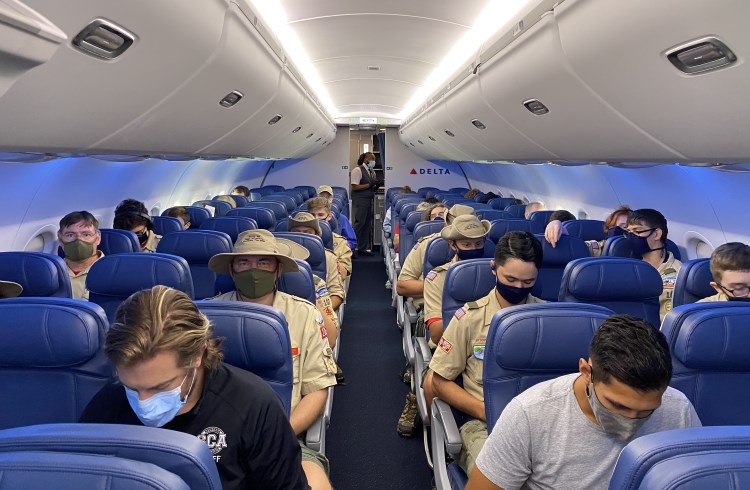
In early August, I flew on a half-full flight from New York City to Minneapolis on Delta, and asked the flight attendant if I could choose a row that was empty. She said I could sit wherever I wanted to. Since my next flight to Sioux Falls was a less-popular route on a small plane, I expected it to be crowded. I paid extra to sit in a premium seat, only to find that everyone else had the same idea, so it was more crowded than coach.
How to reduce flying
Based on my own experiences, and those of many travelers I’ve spoken with, there really is no consistency when it comes to air travel. There’s no guarantee that booking first class will ensure you have the row to yourself, and it’s up to individual flight attendants (and, apparently, assertive passengers such as myself) to enforce mask policies. Although several studies have shown that air travel is relatively safe because of the way air is filtered on the flights, the on-board behaviors were still concerning.
After visiting family in the Midwest, I decided that instead of flying back to New York City, I would take Amtrak. None of the train cabins were full, everyone was wearing a mask, and I was reassured by how frequently the conductor made announcements enforcing the mask policy – even specifying that the mask must also cover your nose.
From Milwaukee to Chicago, I rode economy. From Chicago to New York City, I relaxed in a private “Superliner Roomette” on the sleeper train. This option was about twice as expensive as flying would have been, but it felt much safer, not to mention the scenery was gorgeous.
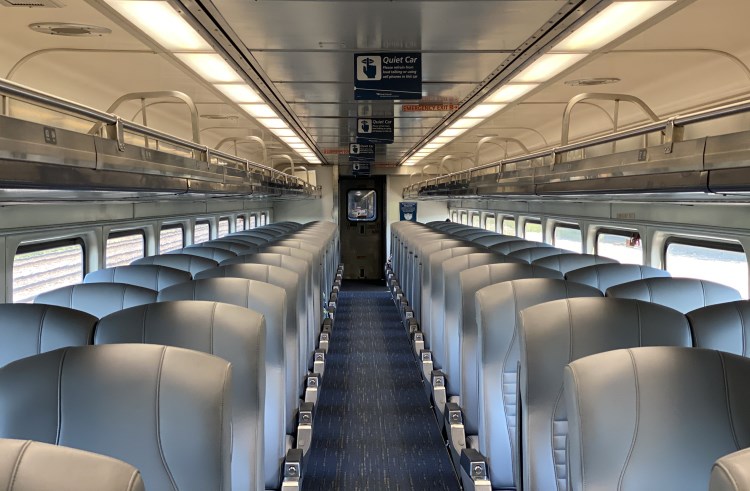
Choosing where to fly
This November, I have plans to visit Ecuador. Obviously, outbreaks are possible anywhere in the world – and are still occurring in the US – but Ecuador is requiring all visitors to produce recent, negative COVID-19 test results before entering the country, which I find reassuring. Upon arriving in the Galapagos Islands (my intended destination), temperature checks are required before being admitted onto small boats to explore the islands.
Because I’ll be traveling with Metropolitan Touring, which has taken dramatic steps to protect its passengers – and the Ecuadorian population and environment – and because my trip will focus on exploring remote islands and sparsely populated highlands, I feel safer traveling there than some parts of my own country, where local governments are still fighting mask mandates.
Safety tips for flying during the pandemic
- Bring your own sanitizing gel and wipes to disinfect the tray table, arm rests, and seat belt.
- Minimize mask removal by eating and drinking before boarding the plane.
- Minimize or eliminate consuming food handled by others. Pack snacks and fill your water bottle at a hands-free refilling station in the airport before boarding.
- Reduce liquid consumption to minimize the need to use the bathroom onboard.
- If you anticipate needing to use the bathroom during a flight, go immediately after boarding, before it’s been used by others.
- If the main cabin is crowded and there’s more room in premium areas, use frequent flyer points to upgrade.
- Confirm before boarding that there will be no passengers next to you.
- Once on board, if you see that the flight is not very crowded, ask if you can sit in a row with few passengers around you. The flight attendant may allow it.
- Bring carry-on luggage only, to minimize the number of people touching your belongings and the need to wait around at the luggage carousel.
- Fly direct, whenever possible.
Related articles
Simple and flexible travel insurance
You can buy at home or while traveling, and claim online from anywhere in the world. With 150+ adventure activities covered and 24/7 emergency assistance.
Get a quote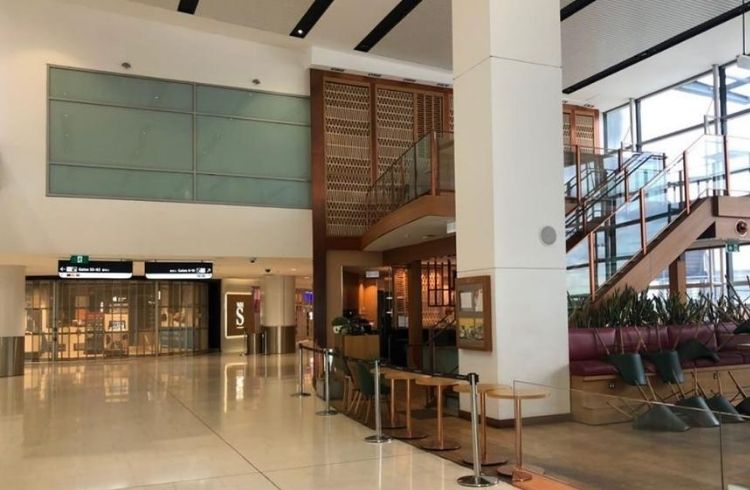
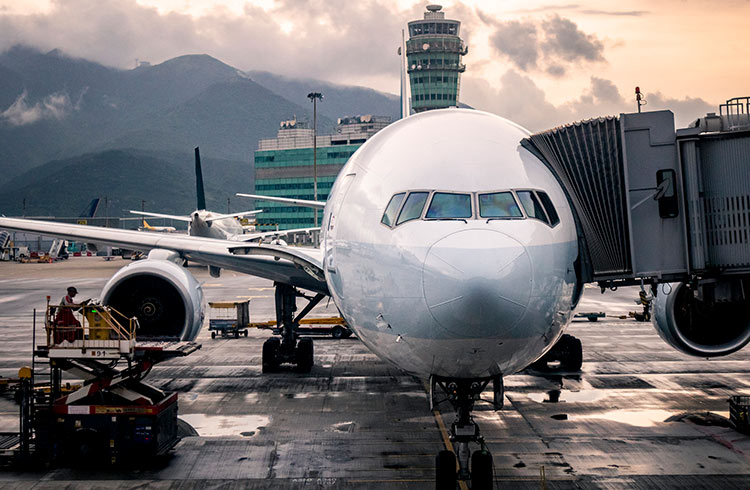
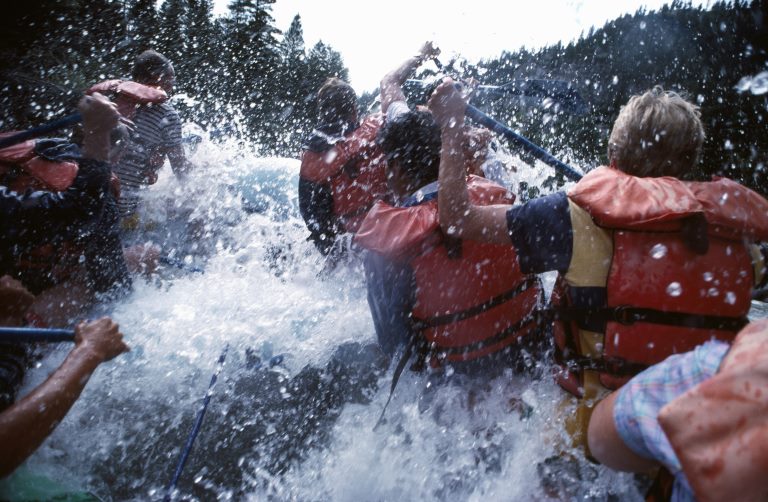
No Comments